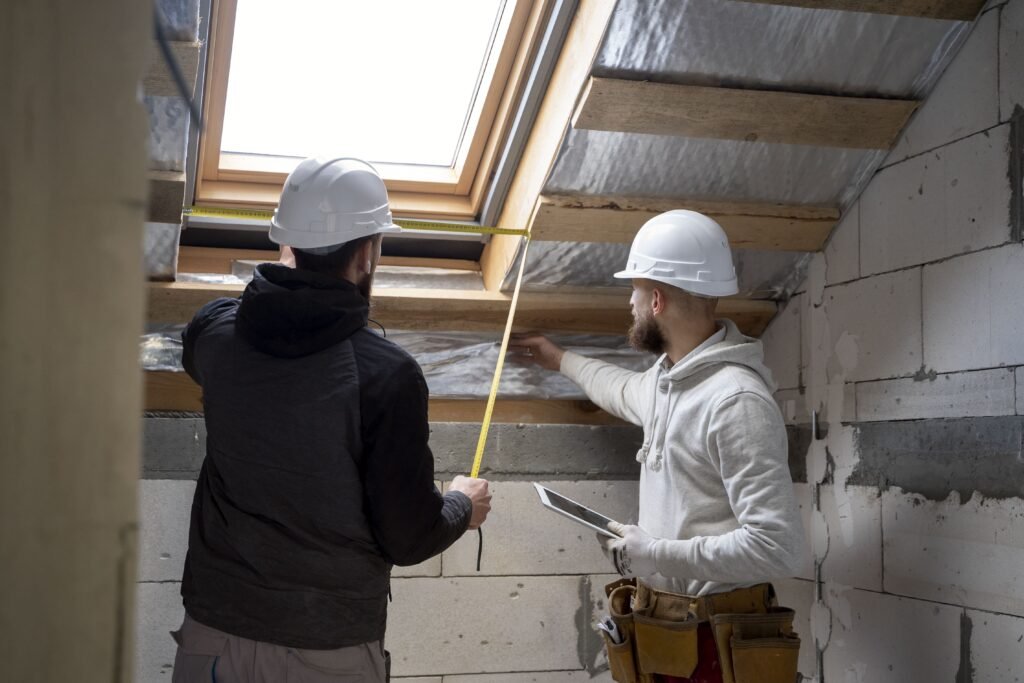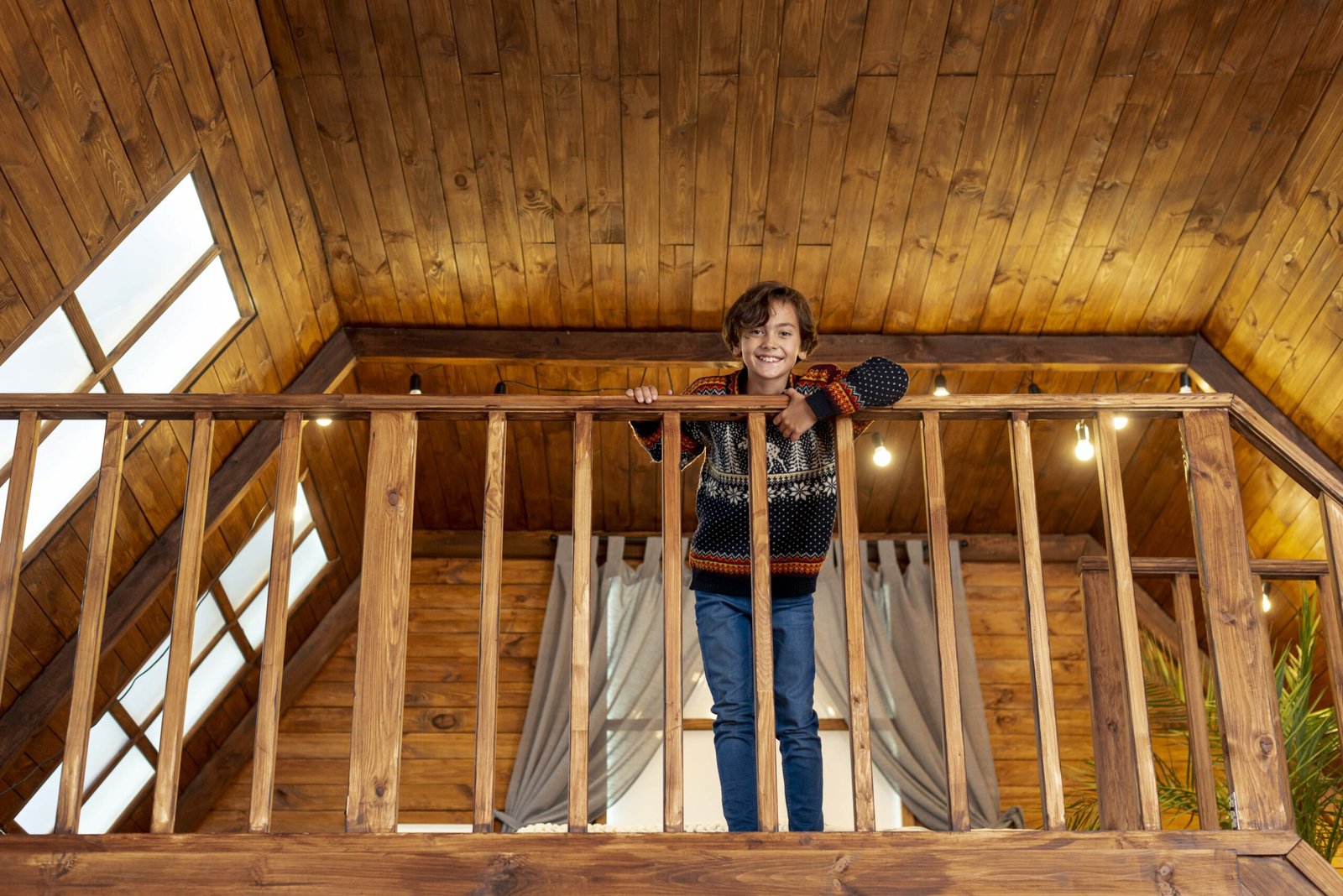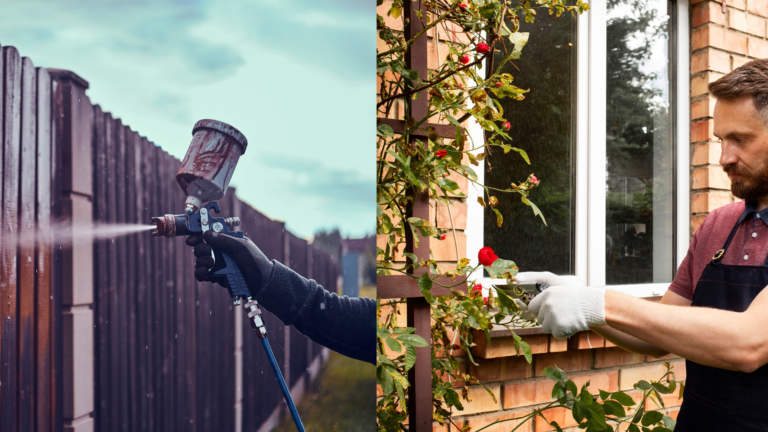Top Benefits of Adding Insulation to Your Attic- Save Energy and Money!
When the leaves change color and the air feels cooler, it’s a sign for homeowners to get ready for the upcoming cold months. One of the best things you can do is add insulation to your attic. This easy upgrade greatly improves the warmth and comfort of your home and can also help you save a lot on your energy bills. Insulation works like a shield, keeping the heat in and the cold out, which makes your heating system work better and keeps your living area snug and warm.
Adding insulation to your attic does more than keep you warm. It’s a smart move that brings several benefits, like easing the workload on your heating and cooling system, which could even help it last longer. Essentially, putting money into attic insulation is a win-win: it cuts down your energy costs and increases the value of your home. As energy prices keep going up, this update becomes even more valuable, offering long-term savings that add up.
Stay with us as we dive deeper into these advantages. We’ll cover the immediate comfort attic insulation provides, and the ongoing money and environmental benefits. Each part of our discussion will connect smoothly to the next, giving you a full guide that will get you ready and excited to improve your home this fall.
What is Attic Insulation?
Attic insulation is the material used to stop the flow of heat through the roof of your home. It forms part of the house’s thermal barrier, which blocks heat from moving between inside and outside. The main purpose of insulation is to reduce heat moving from warm to cool areas. In winter, it keeps warm air from your heating system inside the house, and in summer, it stops the sun’s heat from making your home too hot.
Attic insulation can be done using common materials like fiberglass (in batts or loose fill), cellulose, spray foam, and foam boards. Each has its own properties and installation methods. The effectiveness of insulation is measured by R-values the higher the R-value, the better it insulates. Choosing the right type and amount of insulation depends on your climate, the heating and cooling system you have, and your home’s structure.
Attic insulation is crucial for increasing home comfort and reducing energy use by keeping indoor temperatures steady. This means your heating and cooling systems don’t have to work as hard, saving you money on energy bills and reducing your environmental impact.
What are the Top Benefits of Adding Insulation to Your Attic?
Adding insulation to your attic has many benefits beyond just making your home more comfortable. Here are the main advantages you can expect:
- Lower Energy Bills: One of the main benefits of attic insulation is that it lowers energy costs. Insulation keeps heat from escaping or entering your home, which helps maintain a steady indoor temperature. This means your heating and cooling systems don’t have to work as hard, saving you money on energy bills.
- Improved Home Comfort: Insulation in the attic makes your home more comfortable by keeping indoor temperatures stable. Rooms directly under the attic, especially those on the upper floors, stay warmer in the winter and cooler in the summer, making your living spaces more pleasant throughout the year.
- Improved Carbon Footprint: Attic insulation helps make your home more energy-efficient, which lowers carbon emissions. Heating and cooling use a lot of energy, mostly from burning fossil fuels. By using less energy, you reduce your home’s carbon footprint.
- Better HVAC Efficiency: Proper insulation helps your HVAC system work more efficiently. It reduces heat loss in winter and heat gain in summer, easing the burden on these systems. This extends the life of your HVAC equipment, makes it run better, and reduces the need for repairs and maintenance.
- Moisture Control: Properly adding insulation to your attic helps control moisture in your home. The right insulation materials and techniques prevent condensation, which can cause mold and structural damage over time.
- Improved Property Value: Homes with upgraded insulation are more attractive to buyers because they offer better energy efficiency and comfort. Investing in attic insulation can increase your property’s market value.
By addressing these points, attic insulation provides important improvements with immediate and long-term benefits, making it a smart investment for any homeowner.
How to Determine if Your Attic Needs More Insulation?

Adding more insulation to your attic improves your home’s energy efficiency and comfort. Here are some simple ways to check if your attic needs more insulation:
- Visual Inspection: Start by looking at the insulation in your attic. You don’t have enough insulation if you can see the floor joists easily. The insulation should be thick enough to cover the joists completely.
- Check the R-value: The R-value shows how well the insulation resists heat flow. Different climates need different R-values for the best energy efficiency. You can find the recommended R-values for your area from the U.S. Department of Energy or local building codes. Compare your attic’s current R-value with these recommendations to see if you need more insulation.
- Energy Bills: Check your energy bills from the past few years. If your heating and cooling costs keep going up, and utility rates haven’t increased, your insulation might not be working well.
- Temperature Fluctuations: If some rooms in your home, especially those below the attic, are colder in winter or hotter in summer, it might mean your insulation isn’t good enough.
- Ice Dams in Winter: In cold climates, ice dams on the roof can show that heat is escaping from the attic. This happens when heat from the attic melts snow on the roof, refreezing at the edge, and creating ice dams that can cause damage.
- Indoor Drafts and Air Quality: Persistent drafts, unusual dust buildup, and changes in indoor air quality can also mean poor attic insulation. Good insulation helps seal air leaks and improve air quality by avoiding dust and allergens.
If you think your attic insulation is insufficient after doing these checks, it’s a good idea to talk to a professional. An energy auditor or insulation expert can give you a detailed assessment using tools like infrared scans and blower door tests to find exact spots where insulation is lacking or missing.
DIY vs. Professional Installation
Deciding between DIY and professional installation for attic insulation depends on a few things, like the type of insulation, your comfort with home improvement projects, and how complex your attic is. Here’s a simple guide to help you choose the best option:
DIY Installation:
- Cost-Effective: Doing the installation yourself can save a lot of money since you only pay for the materials, not the labor.
- Control and Flexibility: DIY projects let you work at your own pace and on your schedule. You also get to choose the materials and methods used.
- Satisfaction: There’s a special pride and satisfaction in completing home improvements yourself, especially when you see the results of your effort.
However, DIY insulation projects need a good understanding of how to seal air leaks properly and apply the insulation evenly. It’s also important to use the right safety gear because some insulation materials can be dangerous to handle.
Professional Installation:
- Expertise and Efficiency: Professionals have the experience and skills to install insulation correctly. They can also spot and fix any problems like mold or structural issues before they start insulating.
- Time-Saving: Hiring professionals can make the project go much faster. What might take you a weekend or longer can often be done in less than a day by a skilled team? In conclusion, if your attic is simple and you feel confident in your skills, doing it yourself can be rewarding and save money. However, if the job seems too complicated or you want the assurance of professional quality and speed, hiring a professional is the best choice. Think about your skills, the size of the project, and your budget to decide what’s best for your home.
- Warranty and Peace of Mind: Many professional services offer warranties on their work. Knowing the job is guaranteed can give you peace of mind, which can be worth the extra cost.
- Safety: Professionals know how to handle insulation materials safely and can deal with potential hazards like asbestos or vermiculite in older homes.
In conclusion, if your attic is simple and you feel confident in your skills, doing it yourself can be rewarding and save money. However, if the job seems too complicated or you want the assurance of professional quality and speed, hiring a professional is the best choice. Think about your skills, the size of the project, and your budget to decide what’s best for your home.
Costs Involved in Adding Insulation
Understanding the costs of adding insulation to your attic is important for budgeting and planning your home improvement project. Several factors affect the total expense, such as the type of insulation you choose, the size of your attic, and whether you do it yourself or hire a professional. Here’s what to expect:
Type of Insulation:
- Fiberglass Batts and Rolls: These are some of the cheapest options, usually costing between $0.30 and $1.50 per square foot. They are also one of the easiest types to install yourself.
- Loose-fill Fiberglass or Cellulose: This type generally costs around $0.60 to $1.20 per square foot. It requires special blowing equipment for installation, which can add to the cost if you rent the equipment for DIY.
- Spray Foam Insulation: This is one of the more expensive options, costing from $1.50 to $4.00 per square foot, depending on whether it’s open or closed cell. It offers excellent insulation but usually needs professional installation.
Size of Your Attic:
The bigger the attic, the more materials and labor you’ll need, which increases the cost. Measure your attic accurately to figure out how much insulation you need.
DIY vs. Professional Installation:
- DIY: If you decide to install the insulation yourself, your main costs will be the materials and any rental equipment you need. This can save you a lot on labor costs, which can be up to 50% of the total project cost if you hire professionals.
- Professional Installation: The cost of professional labor can vary depending on where you live and how complex your attic is. However, professionals can usually do the job faster and possibly with better quality, especially for more complex installations like spray foam.
Additional Costs:
- Preparation and Repair: Before adding new insulation, you need to fix any existing problems like mold, leaks, or structural damage, which can increase the cost.
- Ventilation Improvements: Good attic ventilation is important to avoid moisture problems and make sure the insulation works well. This might mean adding more vents or fixing current ones.
- Energy Audit: To get the most out of your insulation, consider an energy audit before installation. This can cost between $200 and $700 but helps identify where insulation is needed and how much.
When planning your budget, think about the money you’ll save on energy over time, which can balance out the initial cost. Upgrading your attic insulation usually pays off through lower heating and cooling bills within a few years, making it a smart financial choice in the long run.
In conclusion
In conclusion, adding insulation to your attic is a smart upgrade that brings many benefits, like saving energy, making your home more comfortable, and helping the environment. Whether you do it yourself or hire a professional, knowing the types of insulation, their costs, and your home’s needs will help you decide. Investing in attic insulation improves your home’s efficiency and comfort, adds value, and promotes sustainability. The initial cost is balanced by lower energy bills and long-term savings. This fall, consider insulating your attic it’s a wise choice that pays off for years.
FAQs
How does attic insulation save energy?
Attic insulation works by reducing the amount of heat that escapes from your home in the winter and keeps it cooler in the summer. This means your heating and cooling systems don’t have to work as hard, saving energy and lowering your utility bills.
What types of attic insulation are available?
Common types of attic insulation include fiberglass batts, loose-fill fiberglass or cellulose, and spray foam. Each type has its benefits and costs, so choose the one that best fits your needs and budget.
Can I install the attic insulation myself?
Yes, you can install some types of insulation, like fiberglass batts, yourself if you’re comfortable with DIY projects. However, for more complex installations like spray foam, it might be best to hire a professional to ensure proper application.
How do I know if my attic needs more insulation?
If your energy bills are high, rooms under the attic are uncomfortable, or you can see floor joists in the attic, you likely need more insulation. An energy audit can also pinpoint areas where insulation is lacking.
How much money can I save by adding attic insulation?
The amount you save depends on various factors, but on average, homeowners can save up to 15% on their heating and cooling costs. This means the investment in insulation can pay off within a few years through lower energy bills.







